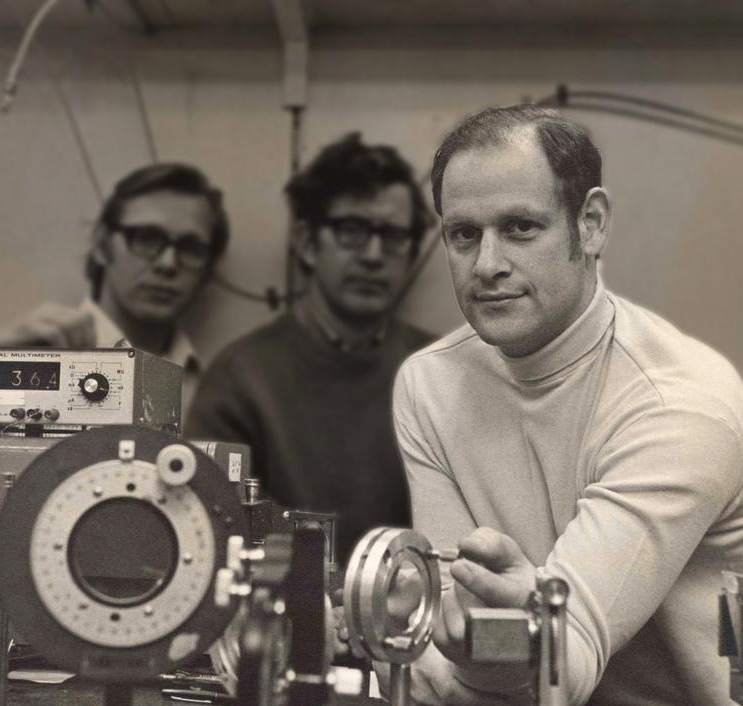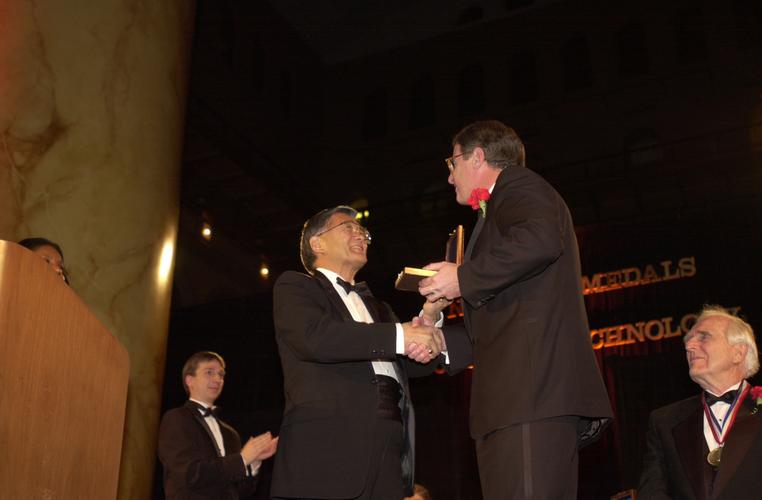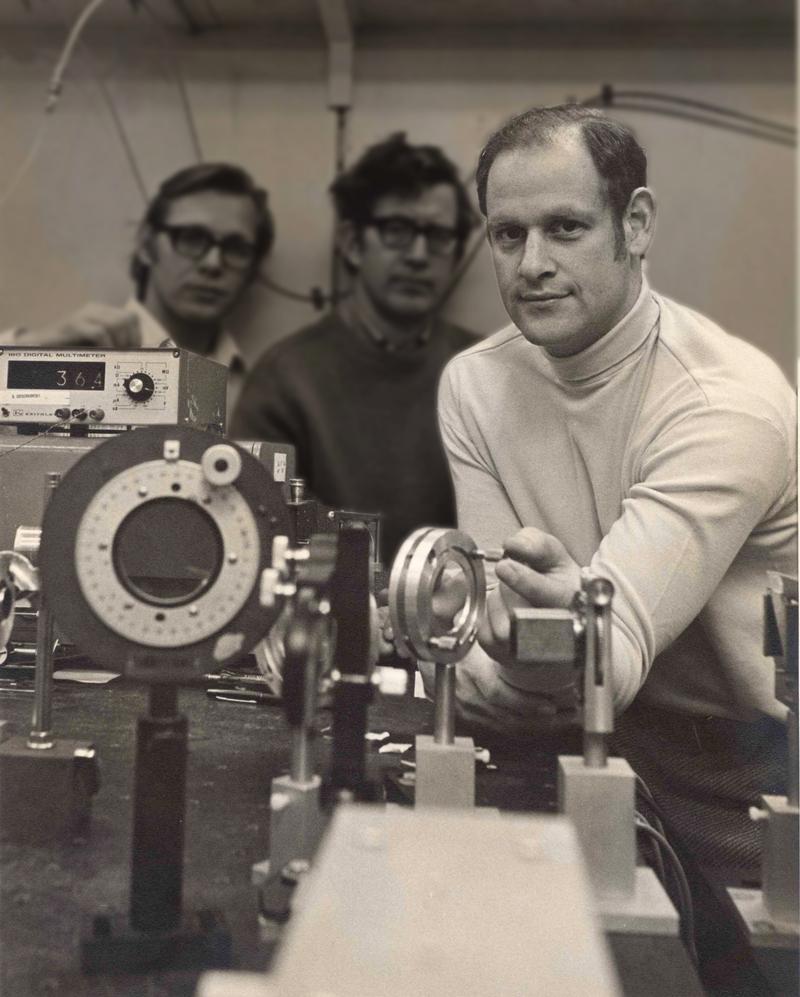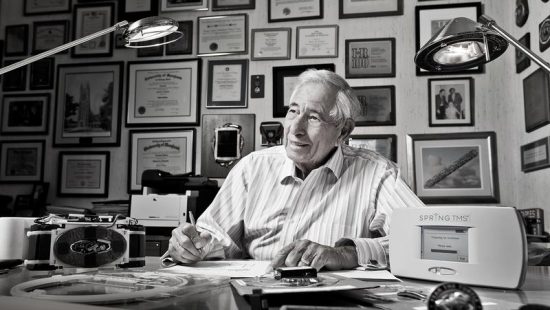Three men were responsible for the breakthrough at IBM that would lead to LASIK eye surgery—a physicist, a chemist, and a material scientist. James Wynne was the physicist, and his specialty was nonlinear optics.
The three were engaged in the study of a new type of laser at the time, what’s known as an excimer laser, which has a few special properties. Up to that point, excimer lasers had mainly been used for the etching of polymers because of their extreme precision, but the team believed that the laser could have applications beyond this and had begun testing it on strands of hair and fingernails. The next step was to try it on tissue.
On the day after thanksgiving, Srinivasan brought in some leftover Turkey and the team pulsed it several times with the laser. When they examined the result, they realized they could etch the turkey with incredible precision without burning the surrounding tissue. It was as if they’d discovered the world’s tiniest scalpel. And this “scalpel” would come to be the central technology LASIK surgery with the help and input from several other ophthalmologists.
Today, Wynne is still with IBM and working with Argon fluoride excimer lasers to help burn victims with tissue damage.
By Casey Samulski









